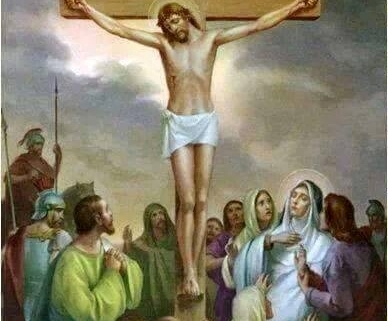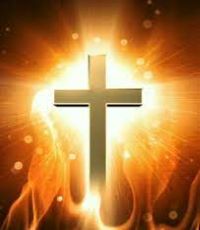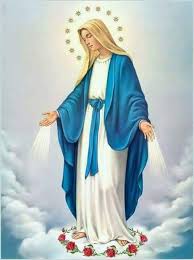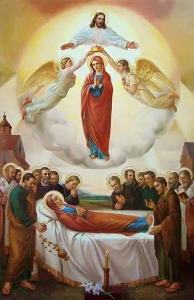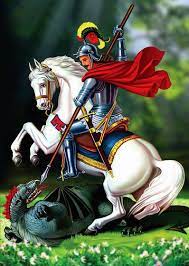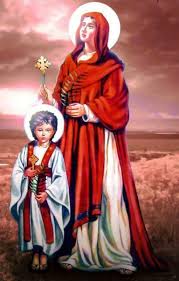Commemorating the Crucifixion of Lord Jesus Christ
The Redeemer Our Lord and Savior Jesus Christ was crucified on April 5 to whom is praised in amongst all Christians for He gave His life for our salvation. He suffered much to cleanse our soul and sacrificed himself upon the cross willingly for saving mankind.

